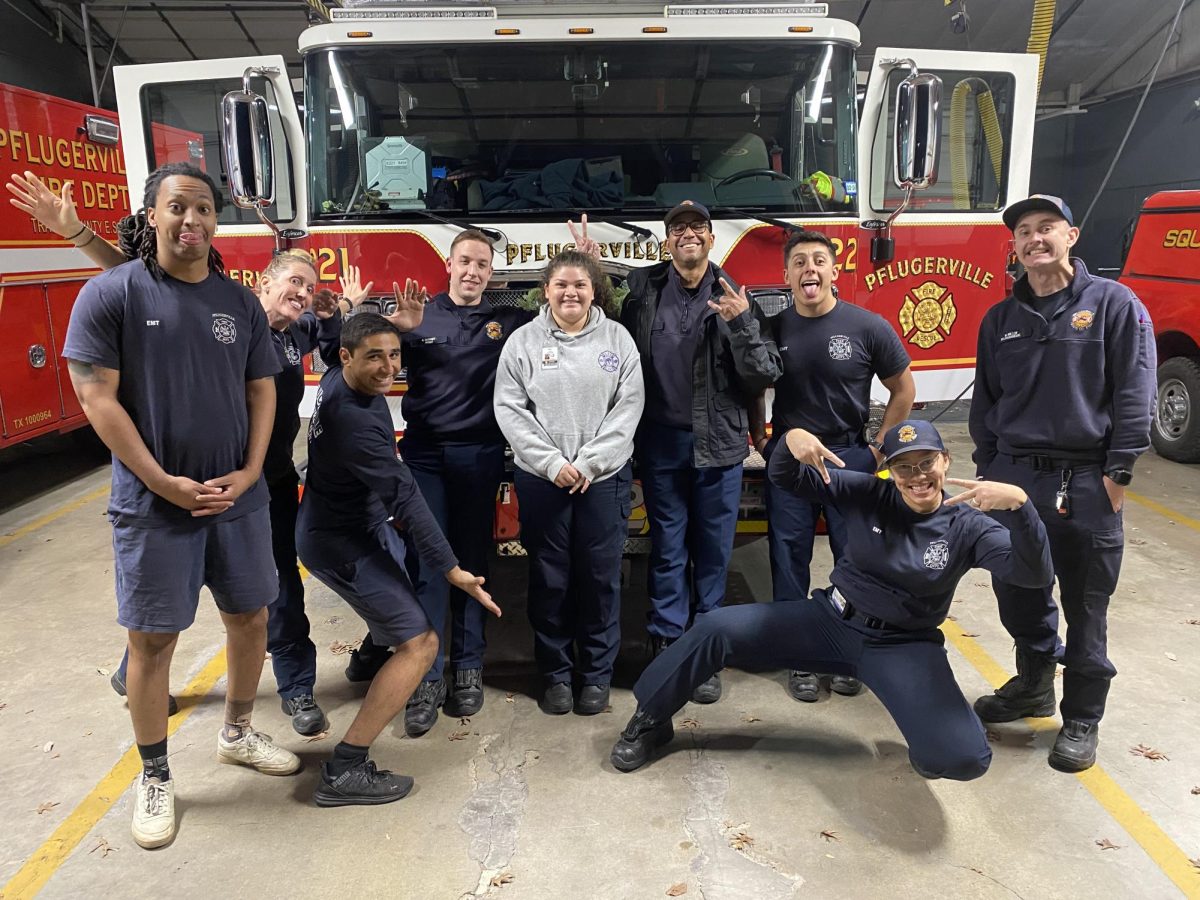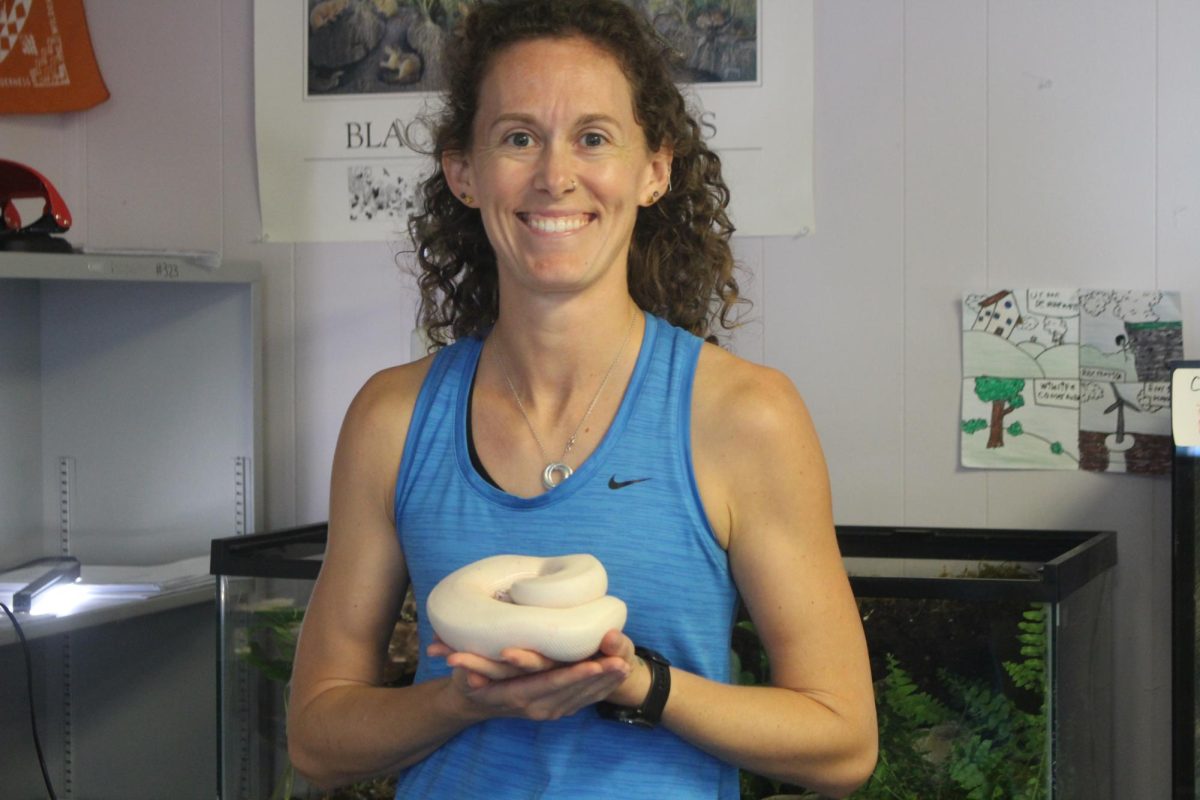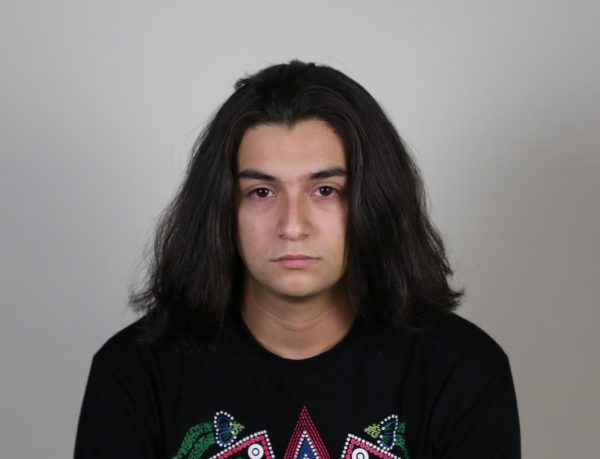Andrea Hernandez is an Akins senior who takes career tech elective classes at LBJ Fire Academy to train to become a paramedic.
She participates in the Student Share program, which allows Austin ISD students to take career and technology classes at other schools if their home campus does not offer their desired courses.
The Eagle’s Eye interviewed Hernandez to ask her about her motivation to become a paramedic and what the program is like.
EE: What motivated you to become a paramedic?
AH: My uncle from Mexico is a firefighter/paramedic. When he used to come to America, I used to see what he would do so that kind of inspired me.
EE: How did you find this opportunity to become a paramedic?
AH: My sophomore year. My teacher, Mr. Perez, told me that I could either go into a mental health class for my academy, or I could take a fire academy route. So I decided to go to the fire academy.
EE: What are your long-term goals and aspirations in being a paramedic?
AH: I’m going to apply for Travis County EMS in August and once I’m off probation, then I’ll stay working with them, and then after about a year I’ll apply to go to paramedic school within the system.
EE: Are there other fields that you are interested in pursuing? Are you interested in being a firefighter or just a paramedic?
AH: Probably just a paramedic.
EE: How do you balance your training with academics?
AH: I usually try and get all my schoolwork done within the day so that when I go home, I can study.
EE: What do you find most rewarding about being a paramedic?
AH: Going on my ambulance shifts.
EE: And what do you find most challenging?
AH: Probably all the studying. It’s a lot of tests and paperwork.
EE: Do you have any training or are you just reading and studying?
AH: It’s reading. And then we do scenarios in class and then we use that when we go to the hospital shifts and ambulance shifts.
EE: What does a day look like in training? When you come to school, what do you do?
AH: Usually the day before, you have a quiz due about a chapter. A recent one that we had was a diabetes chapter, and so we read about the chapter a week before and then we did the chapter the day before.
So we walk into class, we put our stuff down, and we’ll get our gloves and our medic bags, and then we’ll separate into teams. We’ll go outside and the patients will stage a scene inside. And then we’ll go and do the whole shebang. So we’ll get their vitals, get samples, and you get the OPQRST (Onset , Provocation/palliation, Quality, Region/Radiation, Severity, and Time). We basically get information about their past. Have you had a seizure before? Have you had a stroke before? Do you have a history of diabetes? Which hospital do you want to go to? Do you have a preferred hospital that you go to? We do the scenarios and then after that class, we’ll talk about what they did. Then we’ll take a chapter test about it. It moves very fast because every day is a new chapter.
EE: Do you do live scenarios or just training?
AH: Every time we’re in class, we do it on our peers. But when we go on our ambulance shifts, the people we work with usually let us take over, so we get to use their equipment.








